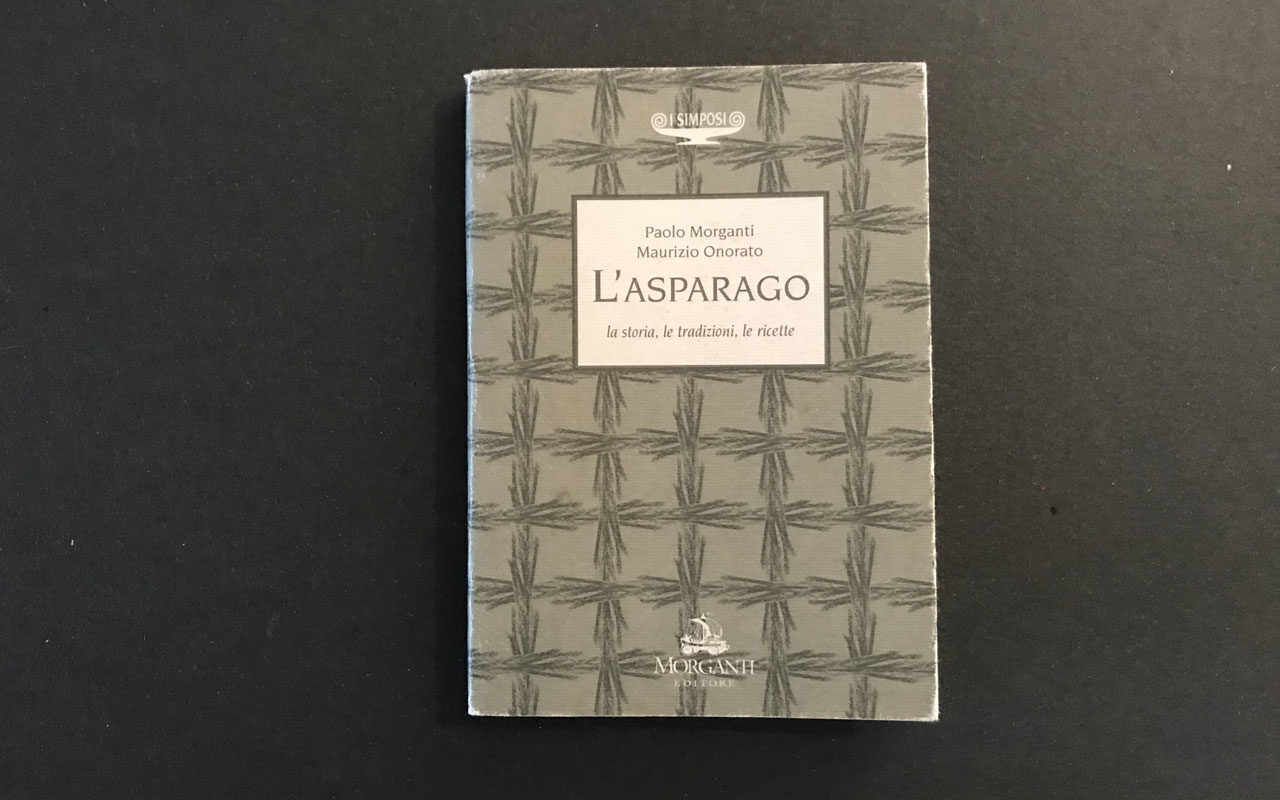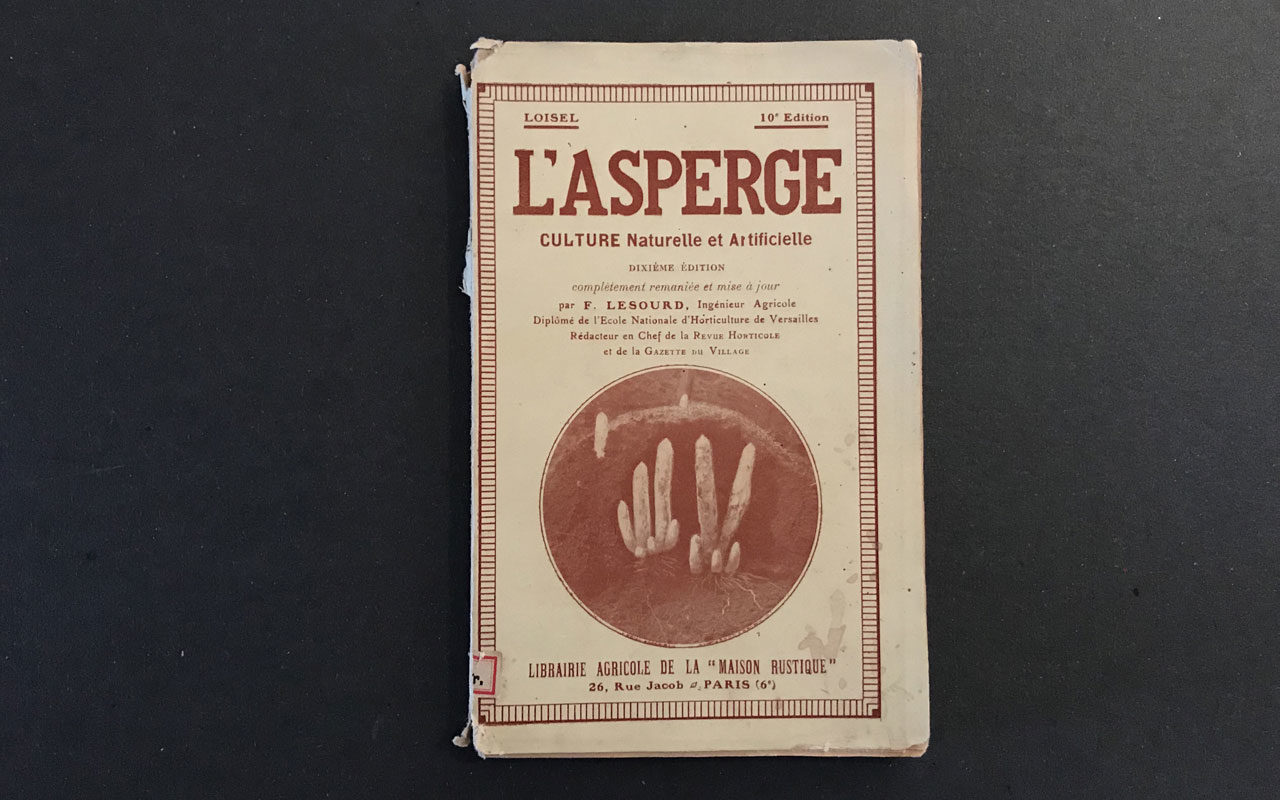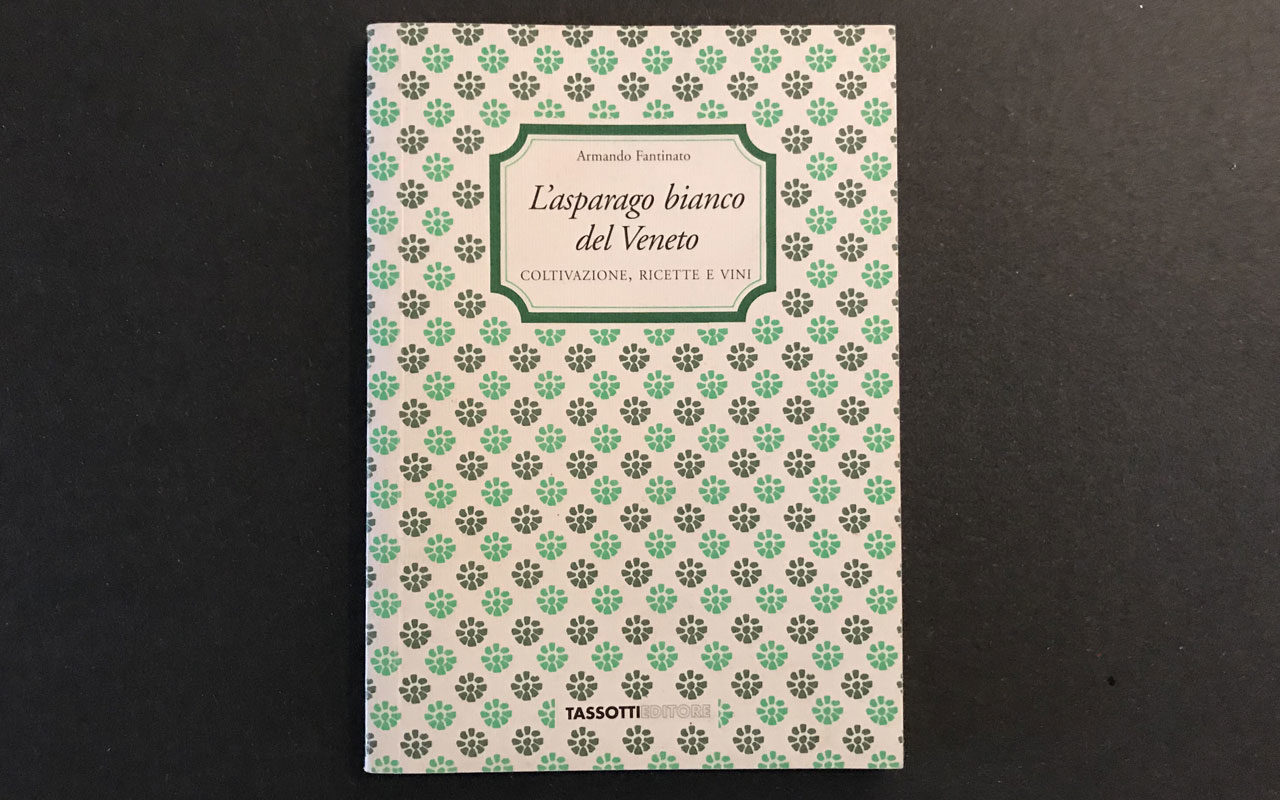A few years ago, rummaging through books on a stall at an antiques market, we accidentally discovered some old volumes by a contemporary painter unknown to us: Fabio Aguzzi.
Culture Archivi - Page 2 of 2 - Fantin Asparagi
Popular tradition, before it was cultured, attributed aphrodisiac virtues to the asparagus (...).
L'époque à laquelle l'humanité a commercé à manger des asperges ne date pas d'hier. De tout temps, les hommes ont récolté au printemps les jeunes pousses blanchs et tendres de certains végétaux pour s'en nourrir.
Asparagus is a lively plant whose underground part is made up of numerous cylindrical, fleshy ramifications (rhizomes), equipped with barbules (roots) which combine to form what is known as the leg.
BOTANICAL NAME: Asparagus officinalis L.: this is how the illustrious Swedish scientist Carlo Linneo (1707-1778) called the plant. The word officinalis indicates that it is a plant with medicinal and therapeutic properties. L. instead recalls Linnaeus, who first classified this plant.










